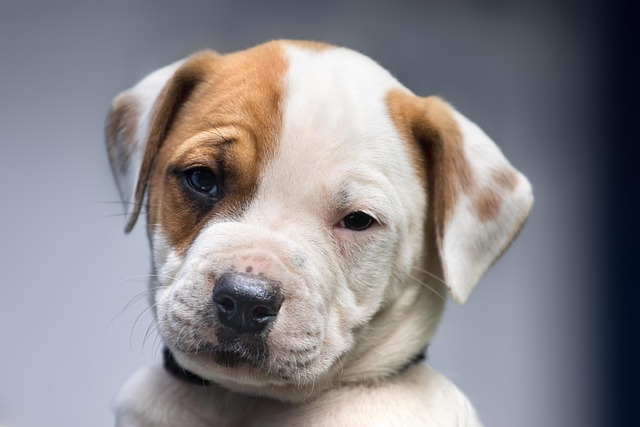
How to crate train a dog with separation anxiety?
Many new dog owners notice the same pattern: grabbing your keys triggers whimpers, paws scratch at the door, and suddenly your pup is in full panic mode.
So, you've brought home that adorable ball of fluff – congratulations! Those puppy eyes and wiggles are pure joy, but let's be honest, the chewing, the accidents, and the boundless energy can feel overwhelming. Basic puppy training isn't just about teaching tricks; it's about building communication, ensuring safety, and creating a harmonious life together, especially within the shared spaces of our communities. Think of your pup's brain right now like a super-absorbent sponge, primed for learning what's expected in their new human world.
The absolute foundation? Positive reinforcement training. This isn't just a trendy term; it's backed by solid animal behavior science. Essentially, you reward behaviors you like (with tiny, pea-sized treats, enthusiastic praise, or a favorite toy) the instant they happen. This makes your pup far more likely to repeat them. Forget yelling or physical corrections – these damage trust, increase fear, and are widely considered unacceptable and ineffective in modern training circles across the US and Europe. Imagine trying to learn calculus while someone shouts at you; it just shuts down learning. Instead, be patient, consistent, and celebrate those small wins!
Arguably the most crucial skill for apartment dwellers and house owners alike is housebreaking. Puppies have tiny bladders and limited control. The key is management and predictability. Take them out frequently – immediately upon waking, after playing, after eating/drinking, and roughly every 30-60 minutes otherwise. Always use the same door and potty spot initially, using a cue like "go potty." When they succeed outdoors, throw a mini-party! Accidents indoors? Clean them thoroughly with enzymatic cleaner (available at any pet store) to remove the scent marker, preventing repeat offenses. Never punish; just interrupt calmly and whisk them outside if caught mid-act. Consistency here prevents months of frustration.
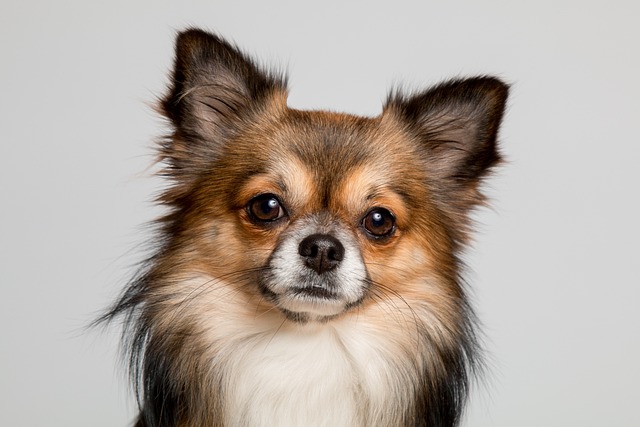
Next up: teaching your pup that human hands, feet, and furniture aren't chew toys. Redirect every single time they mouth you onto an appropriate chew toy like a stuffed Kong or rubber bone. A sharp "ouch!" can signal it hurt, then immediately offer the toy. If they persist, calmly end play with a brief "time-out" (just turning away or stepping over a baby gate for 30 seconds). This teaches bite inhibition and appropriate outlets for their natural chewing instinct, saving your favorite shoes and preventing nipping incidents with visitors.
Introducing the leash and basic leash manners early prevents future battles. Start indoors letting them drag a lightweight leash, getting used to the feel. Then, pick it up and reward them for walking near you with treats delivered at your knee level. If they pull? Simply stop walking. Wait until the leash loosens (even slightly), mark that moment with a "yes!" or clicker, and reward. Moving forward is the reward for not pulling. This teaches polite walking without choking or constant tugging – essential etiquette for navigating sidewalks, parks, and vet visits calmly. Remember, in most US cities and towns, you are legally required to clean up after your dog immediately using biodegradable bags – always carry a roll!
Finally, start building focus with their name and a simple "sit." Say their name cheerfully; when they look, reward! For "sit," hold a treat near their nose and slowly move it up and back over their head; their bottom naturally touches down. Mark and reward! Keep sessions short (2-5 minutes), fun, and end on a success. This builds the blocks for recall ("come") and impulse control, vital for safety. Remember, compliance with local rabies vaccination laws is mandatory across the US – check your state/county requirements and keep that tag on their collar. Basic training, rooted in kindness and consistency, isn't just about obedience; it's about forging a deep, trusting bond with your furry family member, ensuring they grow into a confident, well-mannered dog welcomed everywhere. Happy training!

Many new dog owners notice the same pattern: grabbing your keys triggers whimpers, paws scratch at the door, and suddenly your pup is in full panic mode.
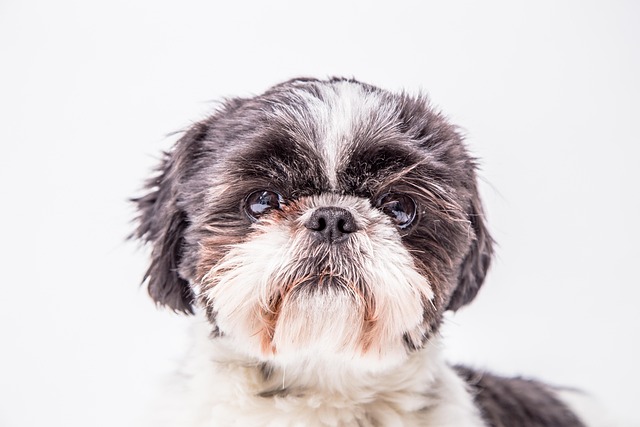
Finding little surprises around the house is part of puppy parenthood, but that doesn’t mean it has to last. A new pup doesn’t know your rules—they’re still figuring out their own body signals, let alone where to go when nature calls.
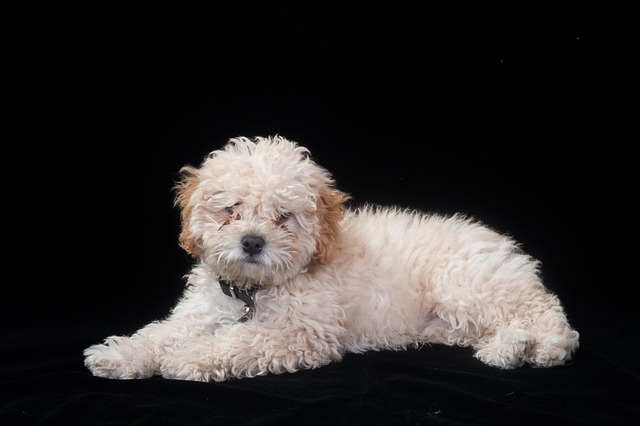
Teddy bear puppies, with their squishy faces and fluffy coats, melt hearts easily—but when it comes to potty training, their cute exterior doesn’t always translate to smooth sailing.
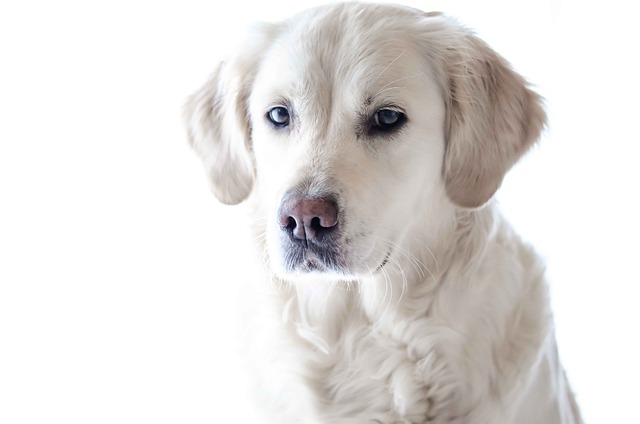
That stubborn moment when your dog plants all four paws like a furry statue during your neighborhood stroll - while frustrating, this behavior usually signals something deeper than
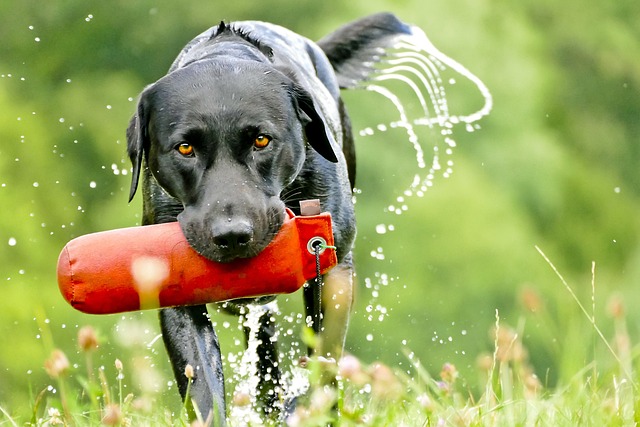
That moment when you're trying to navigate your narrow apartment hallway and your Golden Retriever becomes an immovable furry roadblock
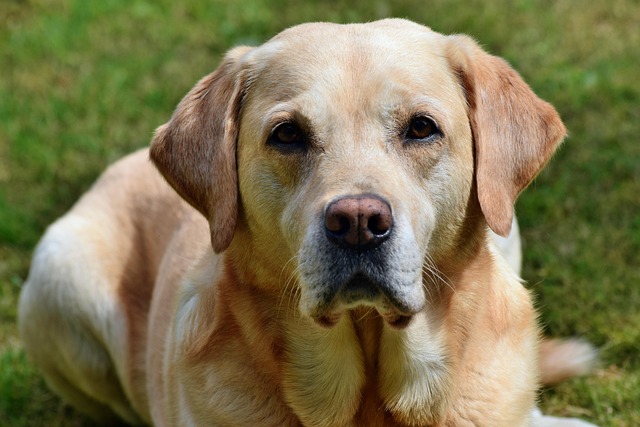
Dogs are creatures of habit, and when they start using their crate as a bathroom, it’s usually a sign something’s off in their routine or environment.